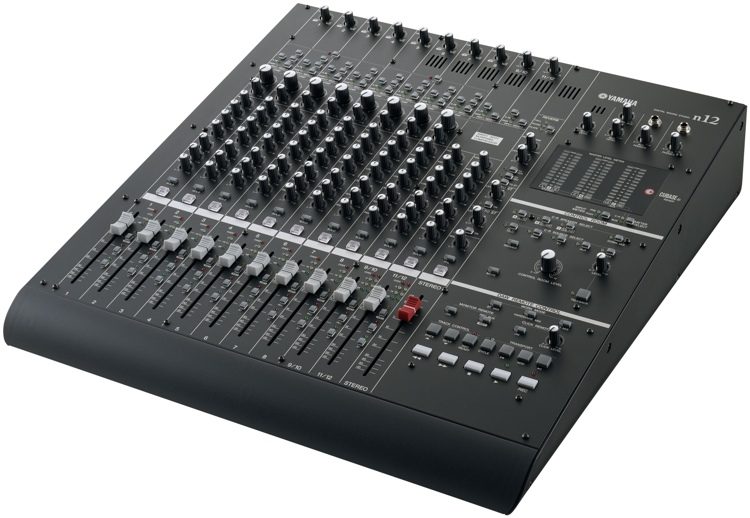Plug in the Audiogram via USB cable to any available USP port on the computer. NOTE: Avoid the use of USB hubs for this device. 6) Click on the 'ua101' folder to open it and double-click the installation PDF readme file. After reading this document, double click the SETUP file which should be a gray icon with triangles. I bought the Yamaha AUDIOGRAM6 recently to have something easier to carry around than my 12-channel Mackie mixer. If all you need is an audio interface for recording, then it’s pretty great for the price – USB powered, built-in compression, phantom power, stereo recording. 4.0 out of 5 stars Yamaha Audiogram 6 - USB Interface, Mixing Abilities, and 48 Phantom Volts of Power. Reviewed in the United States on January 5, 2012. I have a small home recording set up and I had a Lexicon interface that I used. So I check reviews and came up with the Yamaha interface. The small interface has big results. Yamaha Audiogram 6 ReviewDownload the files and then extract/unzip them. Install with the Audiogram deviceplugged in. After the installation, open Cubase AI4. In Cubase go to:Devices/Device Set up/VST Audio System. With VST audio system selected, select the Yamaha USB driver from the ASIO pulldown. The AUDIOGRAM Series has been carefully designed to make setting up your computer-based recording environment an absolute breeze. Coming as a complete kit, the AUDIOGRAM6 and AUDIOGRAM3 each bundle together a hardware interface that adds audio inputs and outputs to your computer, software for recording and producing music, and a USB cable for.
Yamaha Audiogram 6 Setup Instructions

I bought the Yamaha AUDIOGRAM6 recently to have something easier to carry around than my 12-channel Mackie mixer. If all you need is an audio interface for recording, then it’s pretty great for the price – USB powered, built-in compression, phantom power, stereo recording. If you want to use it live, though, it has a fatal flaw, one which isn’t mentioned on their product pages or even in the manual. There’s no way to turn off direct monitoring.
Yamaha Audiogram 3 Driver
I’ve taken to using Reason as my effects processor when playing electric guitar, and it simply doesn’t work to have the dry signal mixed in just as loud as your processed signal. I’ve since purchased the Propellerheads Balance audio interface, which works great, but it also costs about three times as much. So if you’re stuck with the AUDIOGRAM6 here’s a way to get around the direct monitoring if you’re using Reason on Windows.

- Download and install ASIO4ALL.
- Make sure the AUDIOGRAM6 is plugged in and start Reason.
- Go to Edit > Preferences.
- Click the Audio tab.
- Select ASIO ASIO4ALL as your
Audio card driver. - Click on the
Control panel...button to open the ASIO4ALL settings window. - Click the wrench icon to open the Advanced Options.
- Click the power buttons so both devices are turned on in the WDM Device List.
- Click the plus sign next to each device so you can see all the inputs and outputs for each device.
- Click the power buttons on each input and output so that the only input that is powered is the Yamaha input, and the only output is your computer’s audio output. It should look something like this:
Yamaha Audiogram 6 Setup Tool
That should let you to use the AUDIOGRAM6 for input and direct monitoring, while still being able to get the processed signal through your computer’s main audio outputs. The main downside is that you have to use ASIO4ALL which can sometimes bring in some audio glitches or artifacts, depending on your computer setup. Those random pops and glitches are what drove me to eventually pick up the Balance to replace the AUDIOGRAM, but you might have better luck with your computer.
